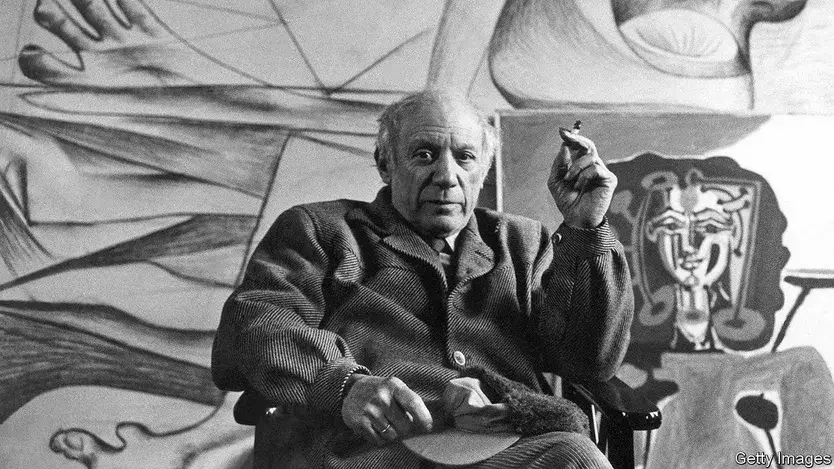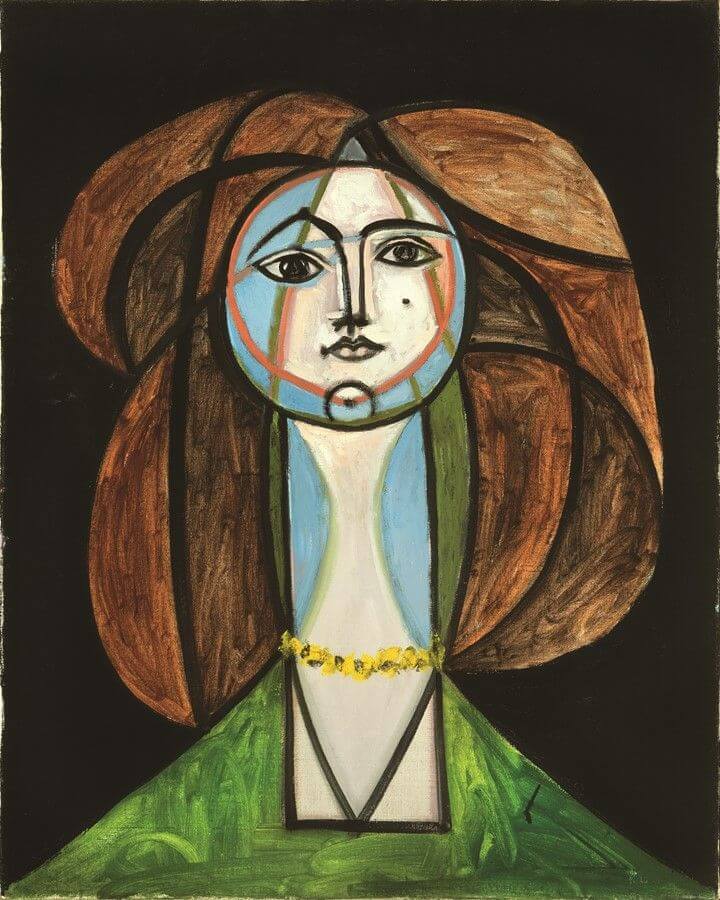Picasso was a genius—and a beast. Can the two be separated?

“Picasso: Genius and Beast—Can They Coexist?”
Introduction
Pablo Picasso was one of the most influential and prolific artists of the 20th century. He was a genius, a revolutionary, and a master of many mediums. But he was also a beast. His personal life was often tumultuous, and he was known for his tempestuous relationships with women. Can the genius and the beast be separated? It is a question that has been asked for decades, and one that still remains unanswered.
Exploring the Complexity of Picasso’s Genius and Beastly Nature
The Spanish artist Pablo Picasso is widely regarded as one of the most influential and innovative painters of the 20th century. His works, which span a variety of styles and media, have captivated audiences for decades and continue to inspire and challenge viewers today. Picasso’s genius and beastly nature have been the subject of much debate and exploration.
Picasso’s genius is evident in his prolific output and the sheer breadth of his work. He was a master of many mediums, including painting, sculpture, and printmaking. He was also a pioneer of the Cubist movement, which revolutionized the way art was perceived and created. His works often featured bold colors, distorted forms, and abstract shapes, which challenged traditional notions of beauty and representation.
At the same time, Picasso’s beastly nature was also evident in his work. He was known for his mercurial temper and his often-controversial personal life. He was also known for his passionate and sometimes violent relationships with women, which were often reflected in his art. His works often featured distorted and grotesque figures, which were seen as a reflection of his inner turmoil and his struggles with his own demons.
Picasso’s genius and beastly nature have been the subject of much debate and exploration. His works have been interpreted in a variety of ways, from a celebration of his creative genius to a condemnation of his personal life. Regardless of one’s interpretation, Picasso’s works remain a testament to his immense talent and his complex personality. His works continue to challenge and inspire viewers, and his legacy will continue to be explored for years to come.
Examining the Impact of Picasso’s Duality on His Art

Pablo Picasso is widely regarded as one of the most influential and innovative artists of the 20th century. His work has had a profound impact on the development of modern art, and his influence can be seen in the works of many of today’s leading artists. One of the most remarkable aspects of Picasso’s work is his ability to express duality in his art. This duality is evident in his use of both traditional and modern techniques, his exploration of both abstract and figurative styles, and his ability to create works that are both beautiful and disturbing.
Picasso’s duality is evident in his use of both traditional and modern techniques. He was a master of traditional techniques such as drawing, painting, and sculpture, but he also experimented with new techniques such as collage and assemblage. This combination of traditional and modern techniques allowed Picasso to create works that were both familiar and innovative.
Picasso’s exploration of both abstract and figurative styles is another example of his duality. He was a master of both abstract and figurative styles, and he often combined the two in his works. This combination allowed him to create works that were both aesthetically pleasing and emotionally powerful.
Finally, Picasso’s ability to create works that were both beautiful and disturbing is another example of his duality. He was able to create works that were both aesthetically pleasing and emotionally powerful. His works often explored themes of love, death, and violence, and he was able to create works that were both beautiful and disturbing.
In conclusion, Picasso’s duality is one of the most remarkable aspects of his work. His ability to combine traditional and modern techniques, explore both abstract and figurative styles, and create works that were both beautiful and disturbing allowed him to create works that were both aesthetically pleasing and emotionally powerful. His duality has had a profound impact on the development of modern art, and his influence can be seen in the works of many of today’s leading artists.

Woman with a Yellow Necklace is a masterpiece by Pablo Picasso, created in 1934. The painting features a woman with sharply defined features, dressed in a black gown and adorned with a vibrant yellow necklace. The colors used in this painting are striking, with the black dress and the light blue background contrasting with the bright yellow of the necklace. Picasso’s use of cubism to depict the woman’s face is also evident, with her features appearing to be fragmented and rearranged. This painting is a testament to Picasso’s skill in capturing the essence of his subjects while pushing the boundaries of traditional art forms. It is a stunning piece that continues to captivate and inspire art lovers around the world.
How Picasso’s Duality Influenced His Creative Process and Legacy
Pablo Picasso is widely regarded as one of the most influential and innovative artists of the 20th century. His work has had a profound impact on the development of modern art, and his legacy continues to inspire and influence artists today. One of the key elements of Picasso’s work was his duality, which is the idea that he could create works of art that were both abstract and representational. This duality was a major influence on his creative process and legacy.
Picasso’s duality allowed him to explore a wide range of styles and techniques. He was able to move freely between abstract and representational works, creating pieces that were both aesthetically pleasing and emotionally powerful. This allowed him to experiment with different forms of expression and to explore the boundaries between the two. He was also able to combine elements of both styles in a single work, creating pieces that were both abstract and representational.
Picasso’s duality also allowed him to explore a variety of themes and subjects. He was able to create works that addressed a wide range of topics, from the personal to the political. This allowed him to create works that were both meaningful and visually striking. His works often contained elements of both abstraction and representation, allowing him to explore complex ideas and emotions.
Picasso’s duality also had a major influence on his legacy. His works have been widely celebrated and studied, and his influence can be seen in the works of many modern artists. His duality allowed him to explore a wide range of styles and techniques, and his works continue to inspire and influence artists today.
In conclusion, Picasso’s duality was a major influence on his creative process and legacy. His ability to move freely between abstract and representational works allowed him to explore a wide range of styles and techniques. His works often contained elements of both abstraction and representation, allowing him to explore complex ideas and emotions. His works have been widely celebrated and studied, and his influence can be seen in the works of many modern artists.
Conclusion
The answer to this question is not a simple yes or no. Picasso was undoubtedly a genius, but his behavior and attitude towards others was often less than ideal. While it is possible to separate the two aspects of his life, it is important to remember that they are inextricably linked. Picasso’s genius was inextricably linked to his beastly behavior, and it is impossible to fully understand one without the other.
